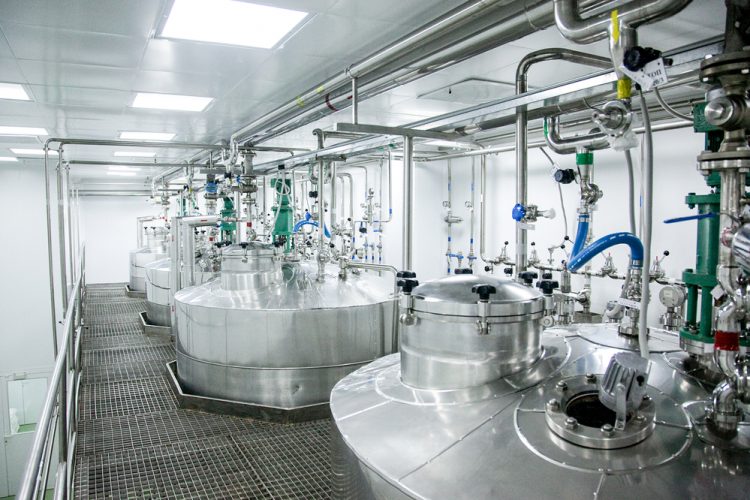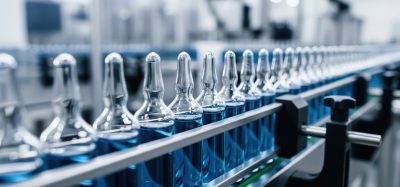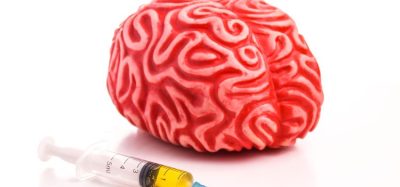New standards to help remove foreign particles in bioprocessing
ASTM International says its new standard for single use system manufacturing processes will help to prevent the contamination of biopharmaceuticals with foreign particles.
ASTM International, which defines over 12,000 processing standards and operates globally, has released a new standard which the organisation says will help to prevent the contamination of biopharmaceuticals with foreign particles during the single use system (SUS) manufacturing process.
The ASTM committee on manufacture of pharmaceutical and biopharmaceutical products (E55) developed the standard, which the organisation says will soon be published as E3230.
According to ASTM International member Klaus Wormuth, over the last 10 years, single-use bioprocessing equipment has become more widely used in biopharmaceutical manufacturing, providing significant flexibility. Wormuth notes that SUS also provides both economic and sustainability benefits compared to conventional stainless-steel equipment.
“Since SUS equipment is not cleaned prior to use, the single-use manufacturer needs to take great care and produce the SUS equipment in a clean room environment to minimise particle levels,” said Wormuth, principal scientist at Sartorious. “Better methods are needed to determine if the SUS is indeed clean enough for application requirements.”
Wormuth says the new standard describes a procedure for developing a method that most efficiently rinses SUS to extract foreign particles, which will allow for a more complete counting and identification of the particles.
“The new standard will help build trust between suppliers and end-users of SUS regarding the critical topic of particle cleanliness,” said Wormuth.










